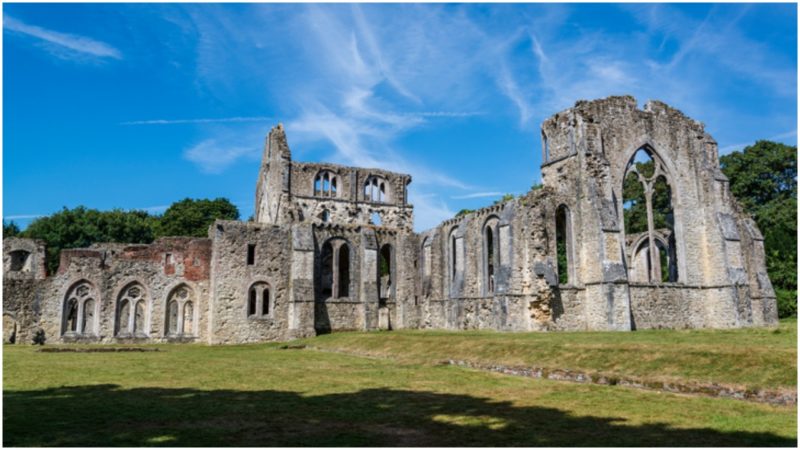In the village of Netley, not far from Southampton, is an abbey the history of which includes kings, knights, monks, and scholars. It all began in 1239, right after the death of Peter des Roches, bishop of Winchester, who first had the idea of forming an abbey on this spot. “Ecclesia Sanctae Mariae de loco Sancti Edwardi” was the official name of this abbey once it was formed.
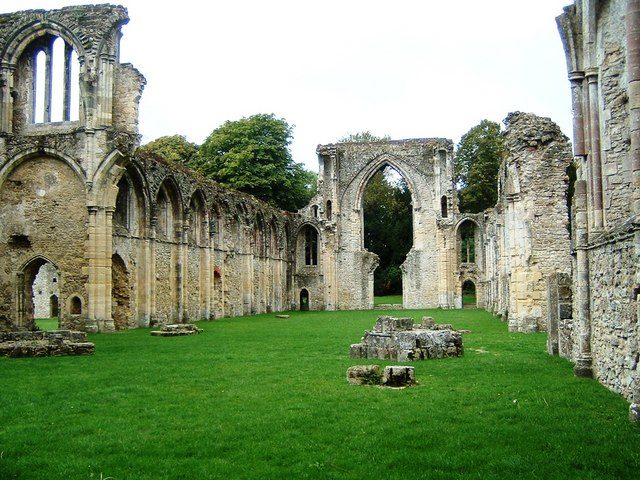
The monks that lived there were of the Cistercian Order and according to John Bullar’s book A companion in a visit to Netley Abbey: To which is annexed, Mr. Keate’s Elegy, “The discipline of the Cistercian order was extremely severe; these monks would have passed their lives in misery, had they strictly conformed to the injunctions of the founder.”
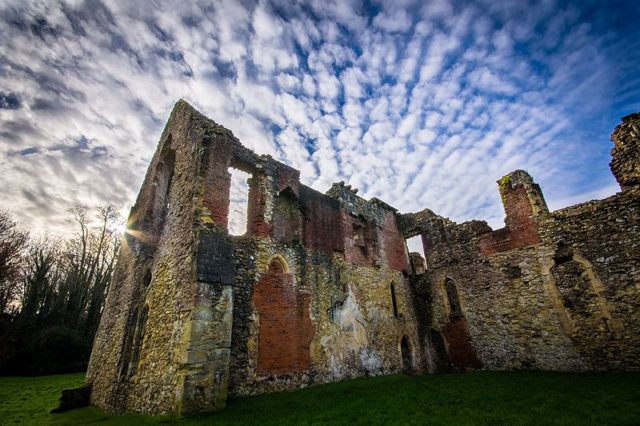
The bishop’s idea – Peter des Roches – was to build this monastery as well as the monastery of La Clarté-Dieu as monuments to himself, forever immortalizing his name. For this purpose, he started buying land in the 1230s. Unfortunately, he passed away, never witnessing the realization of his ambition. Following the historical documents of the day, the first of the monks arrived at this abbey on July 25th, 1239 from Beaulieu Abbey.
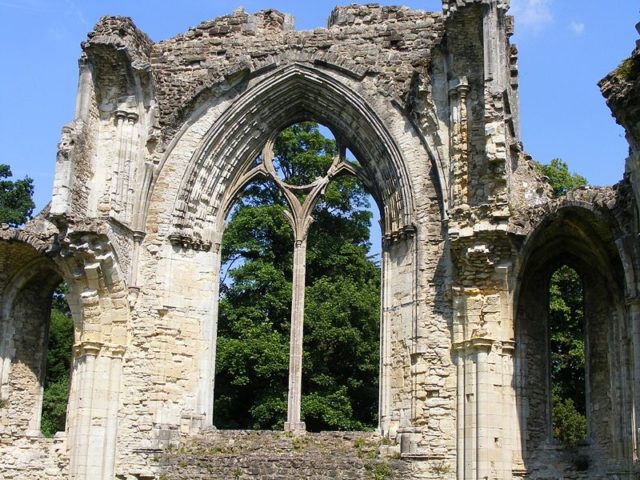
But in these early days, the abbey was at a rather pecuniary disadvantage compared to some of the other abbeys of the day. But things changed for the better when King Henry III of England took care of this monastery sometime around the 1240s; not long after, he became the patron.
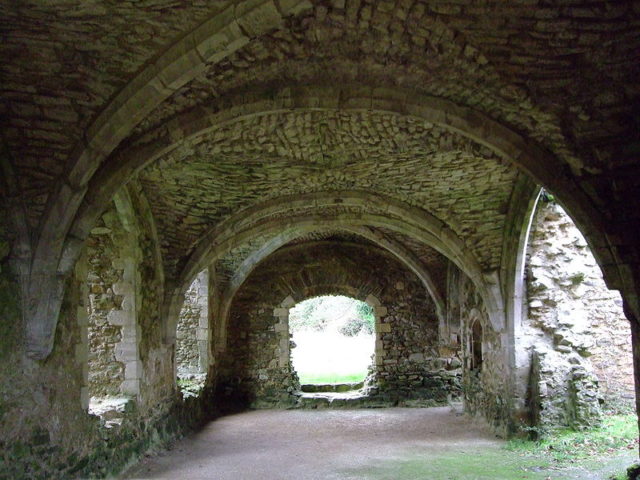
The church of this monastery was quite big at 72 meters in length. Done in Gothic style, it was erected by the skillful masons of Henry III. This church serves as an example of how the Cistercian churches moved towards more splendor; the decoration itself, the tracery and moldings gave it the appearance of a cathedral.
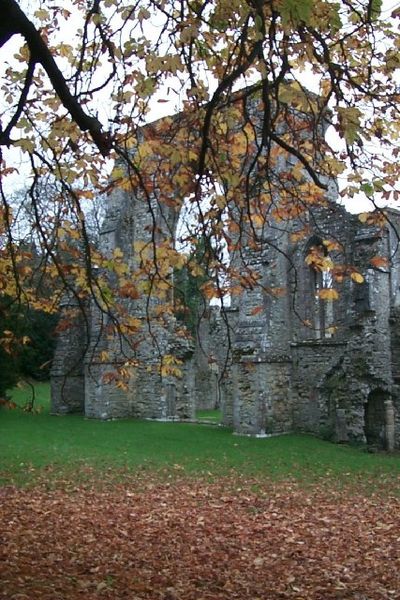
At first, work was done on the east side of the church and the masons slowly progressed towards the west. After decades of work, the church was finished. The cloister itself stands to the south, adjoining a number of structures on three of its sides with the church on its fourth.
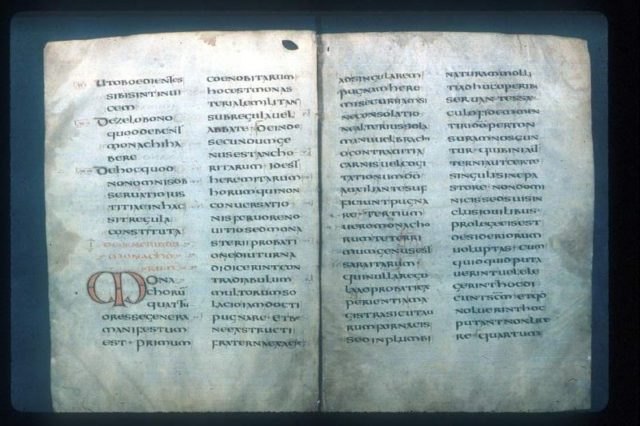
The cloister itself was an important part of the abbey for this is where the white monks spent most of their days; it was here that they copied books and gave life to a great number of the famous illuminated manuscripts. Their desks stood in the cloister’s north walk.
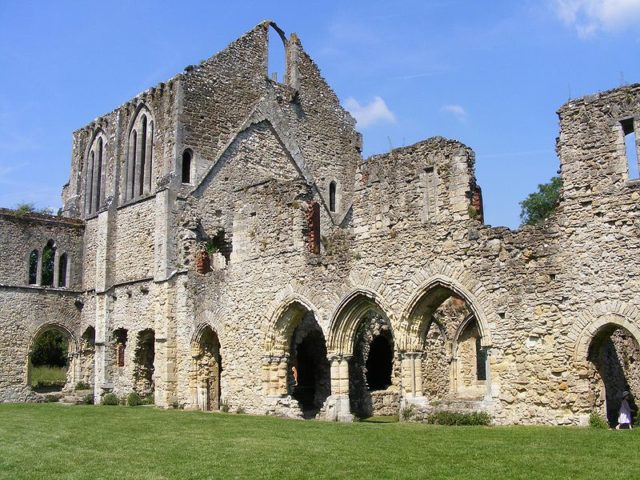
Also found on the ground of the abbey is the chapter house where all the monks read parts of the Rule of Saint Benedict. Next, there was the east range, the ground floor of which was reserved for the library as well as the sacristy. A parlor stood to the south where monks engaged freely in conversations – something that was strictly forbidden inside the cloister.
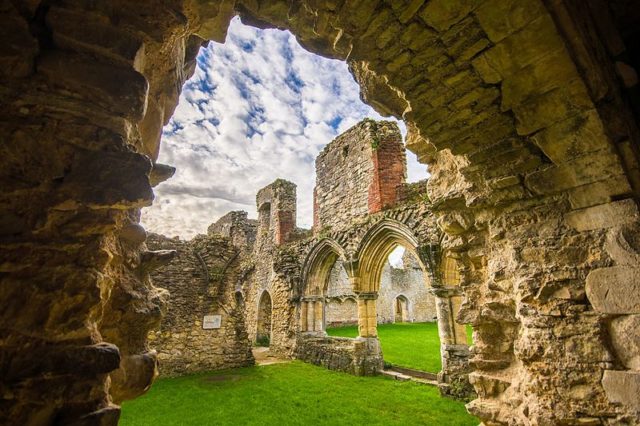
For years, the abbey made a handsome income of £81 per year. Things started to change once the monastery fell into some bad managerial practices. This is when bankruptcy started to loom over the abbey; they even asked the king for financial help.
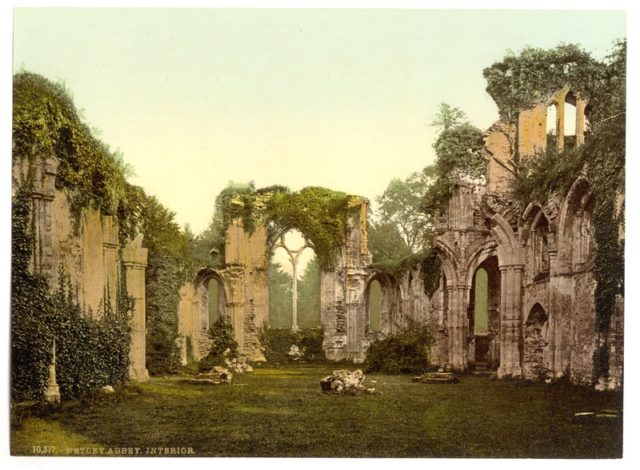
Despite all the help, the abbey fell into poverty but nonetheless was a very renowned monastery, unselfishly offering its services to all travelers, wayfarers, wanderers, and passers-by. Once the Dissolution of the Monasteries – a process initialized by Henry VIII – happened, the monastery was surrendered to the king. It was 1536 when the monks lost their abbey.
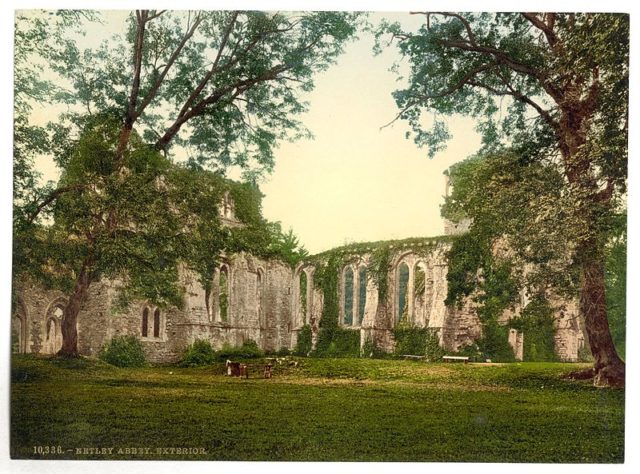
During the 18th century, the abbey was abandoned and fell into ruin. Over the years, many legends were born about this place; legends that include a builder who tried to demolish the abbey but was stopped when a stone fell and killed him, and treasure hunter that found a secret tunnel but who died upon exiting the underground hallways. Nothing but ruins and empty shells remain today of the abbey that was patronized by Henry III but destroyed by Henry VIII.
